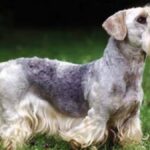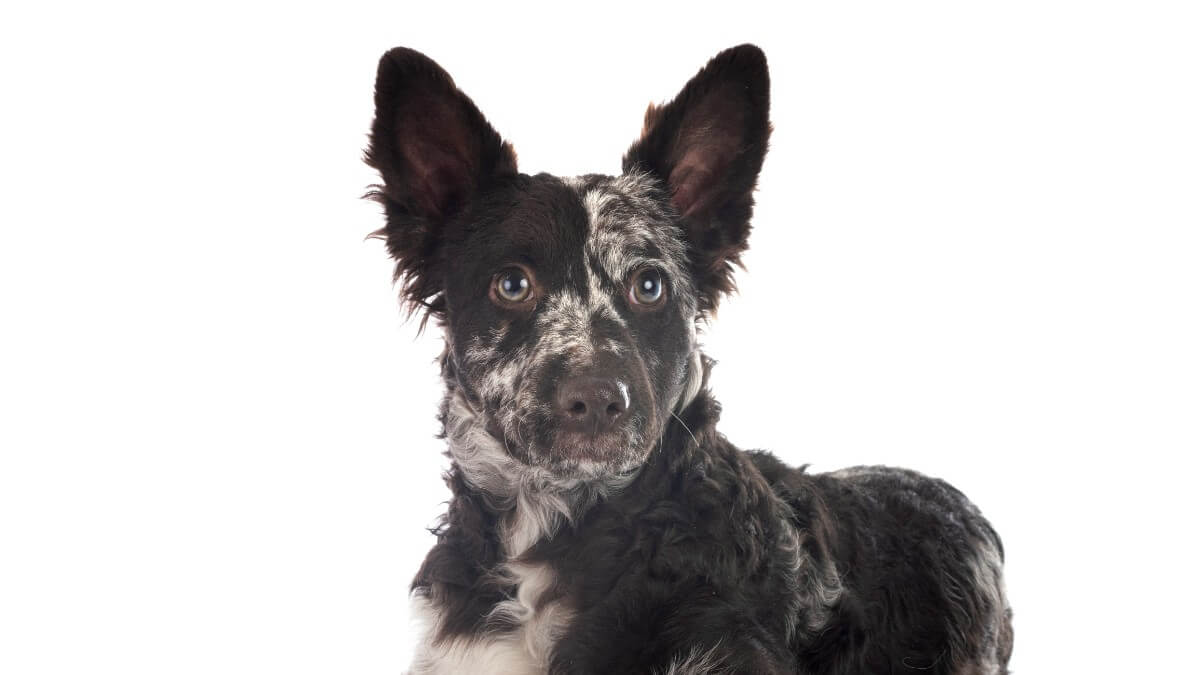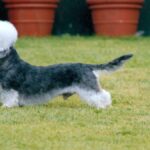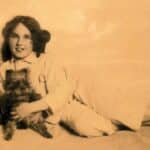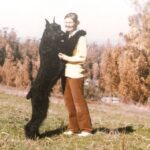Meet the Breed: 5 Things to Know About the Mudi
Looking for a breed that can do a little bit of everything and is suitable as both a household companion and a farm dog?
You may need to look no further than the unique Mudi, which hails from Hungarian origins and has been a recognized breed since the nineteenth century. Though the exact descent of the breed is not fully known, it is believed the Mudi is derived from the Puli, Pumi, and German spitz-type breeds. Its prick ears and unique coat are the breed’s most distinctive characteristics.
The Mudi was officially named, classified, and registered in 1936. According to the AKC Breed Standard, males range from 16 to 18½ inches tall and weigh 24 to 29 pounds; females measure 15 to 17½ inches tall and weigh between 18 and 24 pounds. The average life expectancy for this mostly hardy breed ranges between 12 and 14 years on average.
Here’s a look into five things to know about the Mudi for those considering making a member of the breed a part of their family.
1. Broad color wheel and a unique coat texture provide options with a twist.
There’s no shortage of color options and combinations for those looking for a unique appearance in a dog, as the Mudi checks that box in just about every way possible. The coat texture is curly in a way that causes many to mistake the breed for a cross between a German Shepherd Dog and a Poodle—with a spitz-like tail. Those who are interested in a doodle-like breed, with a wolfish twist, that has a group of Breeders of Merit behind it (unlike doodles) may find this breed particularly intriguing. Some Mudi breeders, in fact, have voiced concern over the breed being used to produce “designer dogs.”
The Mudi comes in black predominantly, but these dogs can also be brown, gray (commonly called ash, or hamvas), gray-brown (also called Isabella), or yellow and white (also called fako), and the merle pattern (also called cifra) may be present in conjunction with any of the allowable colors. Colors that can occur but are not accepted by the current AKC Breed Standard are wolf gray (also called agouti), black & tan, and albinism, along with any other color or marking. Minimal white markings, however, are tolerated but not desired.
2. Be prepared for a “sheepdog/terrier” type of personality.
Many who are familiar with the Mudi describe its personality as one that is a cross between a sheepdog and a terrier. The breed brings a herding instinct and terrier-like tenacity to the table.
The Mudi Club of America describes the breed as such: “The average Mudi is neither shy and fearful nor exuberant and overjoyed when meeting new people… Still, he is first and foremost a herding dog, and as with most herding breeds he can display a certain aloofness during initial meetings. Once he knows and trusts a person, however, he is generally easy-going, playful, and affectionate. The Mudi does well with children and other animals when exposed to them from puppyhood.”
Some people say their Mudi has a comical, clown-like personality, but it’s important to keep socialization regular from a young age to achieve this.
3. Mental stimulation is key.
With great versatility comes great responsibility. With the broad range of jobs that the Mudi can do, and the breed’s ability to both quickly learn tricks and participate in multiple dog sports, the many fine traits of these dogs must be put to work on a regular basis to keep them happy.
Those who do not spend enough time working with their Mudi will pay the price with a dog that may become a frustrated, demanding barker. In addition to making a great asset to any farm property, the Mudi can also excel in Flyball, Agility, Disc Dog, Herding, Tracking, and Obedience, in addition to just about everything else under the sun.
4. What you see in a puppy isn’t necessarily what you get.
Like some other dog breeds, a Mudi puppy will rarely grow up to be precisely what it looks like from a phenotypic (physical) perspective as a young puppy. Mudi puppies are born with floppy ears that are supposed to rise over time and become prick ears, the same way as with breeds like the German Shepherd Dog. Some puppies will change to a certain degree in color over time and could mature differently than expected.
5. Vermin be gone.
Cats aren’t the only pets capable of keeping pests at bay. The Mudi is equally reliable for keeping rats, mice, and even other pets away from your property. The breed’s high prey drive leads these dogs to frequently seek out vermin tunnels, something that can particularly come in handy for those who live in areas where these small animals can be a problem. As a breed with a reliable prey drive, the Mudi can also be involved in Tracking and Scent Work as well.
